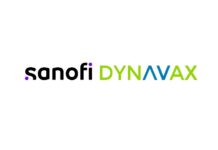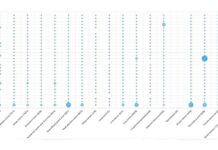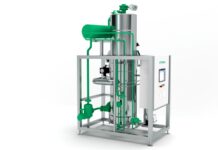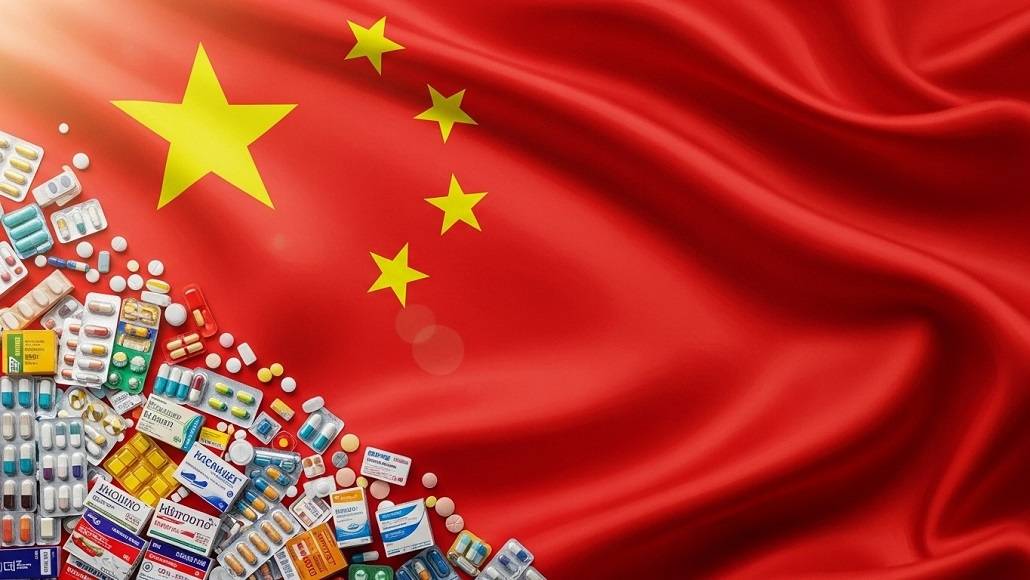The National Health Commission and China’s National Healthcare Security Administration (NHSA) together unveiled a comprehensive new policy on June 30 called “Several Measures to Support the High-Quality Development of Innovative Drugs”. The policy, which was formally unveiled to the public on July 1, lists 16 action items in five priority areas: clinical application, market access, R&D, and reimbursement.┬Ā Its goal is to better serve China’s expanding medical requirements by streamlining upstream and downstream medication development.
The nation has now established a comprehensive support structure, claims Huang, Director of the NHSA’s Pharmaceutical Management Department.┬Ā It covers the application, evaluation, price, and negotiating processes for the innovative inclusion of drugs in public health insurance.┬Ā This move shows a strong commitment to promoting innovation in a regulatory framework that is more adaptable and responsive to the market.
Full-Chain Policy Assistance for Innovative Drugs
The entire development chain of China’s inventive pharmaceutical industry will profit from the new innovative drugs policy:
- Faster R&D: The government will use big data in healthcare to better match with national research priorities, especially those related to uncommon, paediatric, chronic, and infectious diseases.┬Ā In order to create “patient capital” that fosters long-term innovation, it will also incentivise commercial health insurers to invest.
- Faster Market Access: The National Reimbursement Drug List (NRDL) in China will experience increased dynamism.┬Ā Relevant agencies may temporarily include essential new medications for payment in cases of urgent public health.
- Improved Patient-Provider Communication: The new National Drug Cloud Platform is designed to make it easier for patients and healthcare providers to communicate.┬Ā It will facilitate quicker access to pharmacological information and more accurately reflect demand in real time.┬Ā Additionally, administrative procedures will be made simpler.
- Diversified Payment Channels: China is going to introduce a new Commercial Health Insurance Drug List for cutting-edge medications.┬Ā To improve payment efficiency, this includes data sharing, settlement system improvements, and astute regulatory control.
Public insurance now covers 149 new medications since the NHSA was created in 2018.┬Ā More than five times as many new Class 1 medications (drugs that were first introduced in China) were approved in 2024 alone.┬Ā Nearly 40 more have already been approved before the middle of 2025.
A New Path to Market Entry Is Provided by Commercial Insurance
The policy’s most notable feature is the creation of a specific medication list for commercial health insurance, sometimes known as the “Category C list.”┬Ā Prior to this, the majority of businesses had to negotiate price reductions with national authorities in order to gain access to the NRDL.┬Ā However, the lack of a single drug list and integration with the public system in commercial insurance packages limited their ability to contribute to the growth of the innovative medicine industry.
The new policy’s main modifications include:
- Industry Participation: In keeping with a move towards market-driven methods, insurance firms and subject matter experts will actively participate in the development, evaluation, and pricing discussions for the commercial drug list.
- Flexible Application Options: Depending on their go-to-market strategy, businesses can now apply to the commercial insurance system, the public insurance system, or both.
- Improved Infrastructure: Shared data and settlement systems will be made available to qualified commercial insurers.┬Ā The safety of healthcare funds will be ensured by synchronised oversight of both private and public insurance made possible by a single smart regulation platform.
- Price Confidentiality: By ensuring price confidentiality in medicine pricing, a new system will assist domestic companies in avoiding price conflicts between home and foreign markets, which is a crucial component of international licensing and expansion.
Reaction of the Capital Market and a Watershed in 2025
Innovative medicine stocks surged on China’s A-share market after the policy announcement.┬Ā From January to June, Hong Kong’s Hang Seng Healthcare Index increased by 60%, while biotech ETFs generally saw gains.┬Ā Many analysts think that 2025 will be a crucial year for China’s pharmaceutical policy, with long-term effects on market expansion and innovation.
The Growth of Licensing and the Internationalisation of Chinese Biotechnology
Globally, China’s biotech industry has advanced significantly in the last 12 months.┬Ā With 41 transactions totalling USD 36.9 billion in the first quarter of 2025ŌĆönearly equal to the figure for the entire year of 2023ŌĆöoutbound licensing arrangements, or license-out, have skyrocketed.
Additionally, a new global R&D dynamic is emerging, one in which the United States, China, and Europe dominate the tripolar scene.┬Ā In terms of the total volume of medication pipelines, the United States and China are tied, with China’s growth since 2010 being especially noteworthy.┬Ā However, the United States leads with 50% of first-in-class pharmaceuticals and other high-quality innovation indicators, followed by Europe with 30%, and China with only 3%.┬Ā This disparity draws attention to a significant obstacle: converting pipeline volume into ground-breaking quality.
Three-Pronged Approach to Internationalisation
Chinese pharmaceutical firms are increasingly turning to foreign markets in an effort to not only grow but also to survive and prosper.┬Ā The scale and financial potential of the global market are unmatched by domestic sales alone.
The worldwide pharmaceutical market increased from USD 1.32 trillion in 2019 to USD 1.47 trillion in 2023, according to statistics from Frost & Sullivan and the BIO International Convention.┬Ā By 2030, it is anticipated to reach USD 2.07 trillion.┬Ā China’s market will be worth USD 125.7 billion in 2025, second only to the US market, which will be worth USD 662.5 billion.┬Ā China’s pharmaceutical market is expected to expand at a compound annual growth rate of 5.54% during the following five years, reaching USD 164.6 billion by 2030.
But in terms of purchasing power, China trails behind despite its size.┬Ā China’s per capita health expenditure in 2022 was USD 898, a startling 14-fold difference from USD 12,555 in the United States, according to OECD data.
Rigid insurance pricing, homogeneous competition, and a lack of varied payment methods have historically hampered China’s pharmaceutical companies.┬Ā The new innovative drugs policy employs a three-pronged approach to address these problems head-on: modernising legislation, increasing payment choices, and promoting R&D.┬Ā When taken as a whole, these measures seek to narrow the gap between medication volume and value and unleash China’s full creative potential.



















